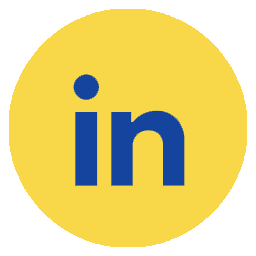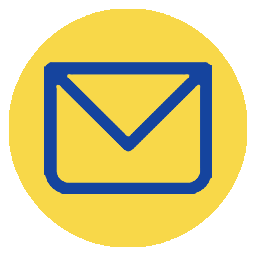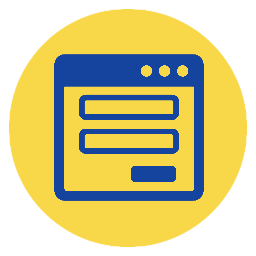All educational institutions aspire to achieve distinctive educational goals that have a significant impact on the next generation and society. You’ll find them always on the lookout for new ways to develop communication in teaching and learning process between the sender, who holds the role of the teacher or university professor, and the receiver, who represents the student.
In order to reach the desired success, it is important for the person responsible for developing the educational movement to find a relationship between educational technologies and educational communication and knowledge of all the foundations, elements, and theories related to educational communication.
In this blog post, we clarify all the previous points and to know the importance of Communication in Teaching and Learning Process and the skills that enable the teacher to communicate well with his students..
So keep on reading to learn everything related to the educational communication process, its obstacles, and how to avoid them and promote your educational institution the best way!
Table of Contents
What Is Communication in Teaching and Learning Process?
The word communication in general indicates the presence of two or more parties between which communication occurs for a specific reason and in the presence of the main communication factors so that the communication process takes place correctly.
As for the term educational communication, it is also a communication that occurs between two or more parties to exchange information and send and receive different data to achieve a specific and clear goal. Where the source of the information is the teacher, the student receives that information.
In order for this communication to take place correctly, a response must occur between the two parties. And this is a prerequisite for it to be correct for us to say that educational communication has taken place.
The answer comes in different ways:
– Thinking
– Problem solving
– Physical expression
– Understanding and application
This is all plus other responses that demonstrate that the student has received specific information and has shown an appropriate response.
The Arab British Academy for Higher Education explained to us in one of its statements that true and valuable communication is what occurs when skills, knowledge, feelings, and ideas are transmitted and arrive fully, clearly from the sender (teacher) to the receiver (student). Then the Communication in Teaching and Learning Process will be successful, effective among all parties.
Successful Educational Communication in Teaching and Learning Process
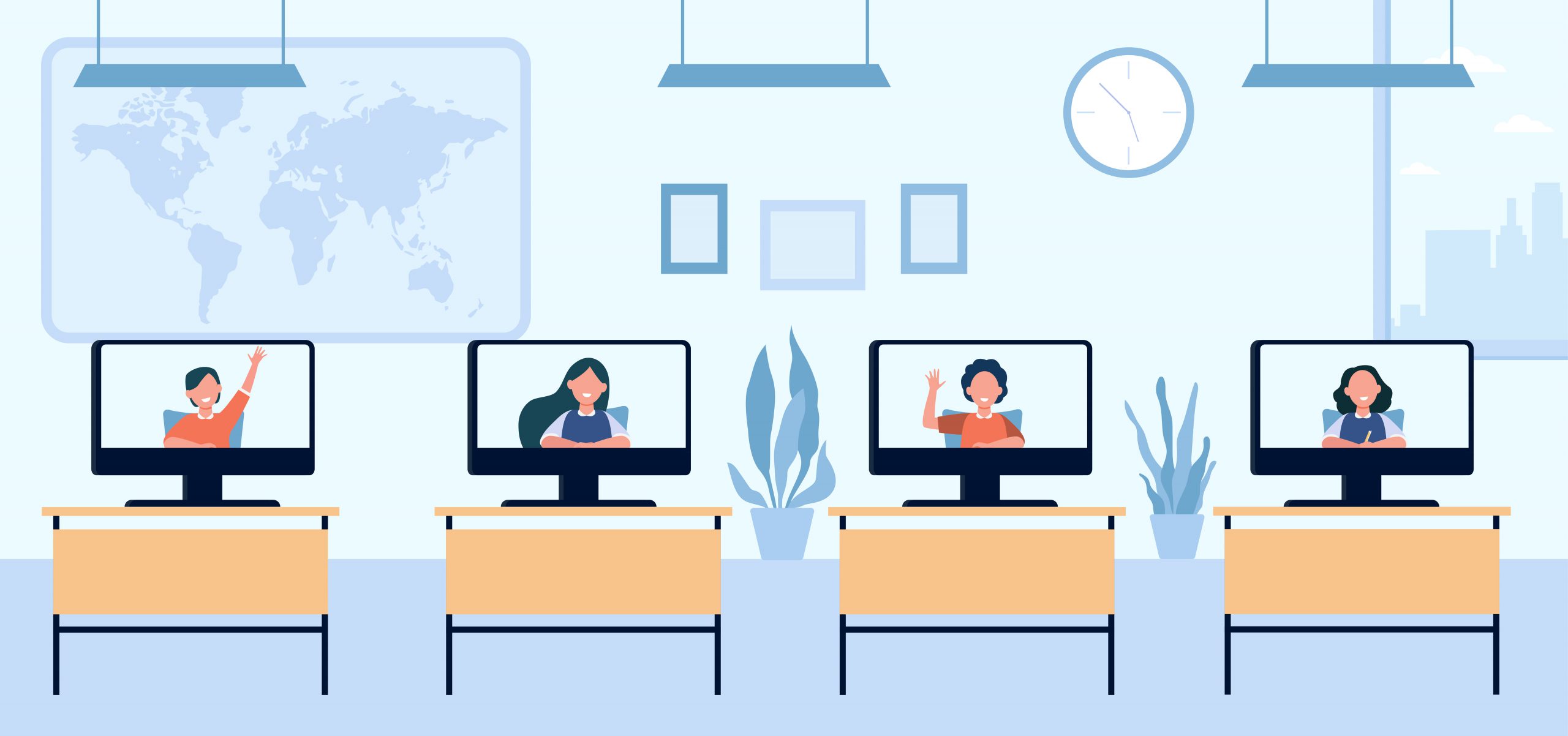
In order for the process of communication in education to take place as required, it is necessary to have specific foundations, including the conditions and elements of successful educational communication. Let’s get to know them now!
– Terms of educational contact
– The goal of this communication should be clearly and specifically defined
– Having a reaction and a response from the receiver
– Instilling desire and motives for educational contact between all parties
– Professional communication skills with students
– Elements of educational communication, mentioned by Google: sender, receiver, the tool or means used to carry out the communication process, the content for which the communication was created, the feedback and the environment in which the communication takes place.
Ways for Effective Communication in Teaching and Learning Process
The tool or method that you use as a teacher is a form of teaching techniques, and the means is the basis for the success of educational communication and on which the educational techniques you use to explain your lesson and communicate with your students are built.
One of the most prominent features of modern education and communication technologies is helping you to overcome the problem of individual differences among learners and address them with the smartest solutions; that is, using various tools that may be visible, audible, or read, e.g., to suit the different behaviors of your students and their educational levels.
Here, the teacher’s role in using modern technologies in education is based on:
- Choosing appropriate teaching aids for students
- Determining the time period in using each tool in proportion to the individual differences among students
- Organizing class time between explaining the lesson and using different methods and tools to simplify the delivery of information.
6 Barriers to Communication in Learning
Communication in Teaching and Learning Process
- Traditional methods of communicating information to students without development
- Using the same old methods without taking into account individual differences between students
- A teacher’s lack of academic skills, lack of familiarity with modern methods and techniques of education and communication, and weak mastery of scientific material
- The inability to control the student’s attention and focus, and mind wandering most of the time of educational communication
- The presence of the student and the teacher in an inappropriate study environment that is not equipped with the necessary tools to facilitate the educational communication process
- The difficulty of measuring the results of progress and development resulting from the educational process, which reduces the feedback you receive as a teacher, so you cannot develop
3 Different Types of Communication in Education
The type and method of communication differ according to the sender and receiver and the method and tools of communication between them, so there are 3 types of educational communication, and they are:
-
Verbal Communication
In this type, information is transmitted and received by voice and language, and the use of voice tones is taken into account that matches the message that the teacher directs to his students and the topic they are talking about.
-
Non-Verbal Communication
Communication between the teacher and the student takes place using different gestures and body language from looks and movements.
-
Written Communication
Here, the teacher writes information on the board, for example, and asks his students to transfer and write what has been explained to ensure that the information is clear and present with everyone.
What’s the Importance of Effective Communication in the Classroom?
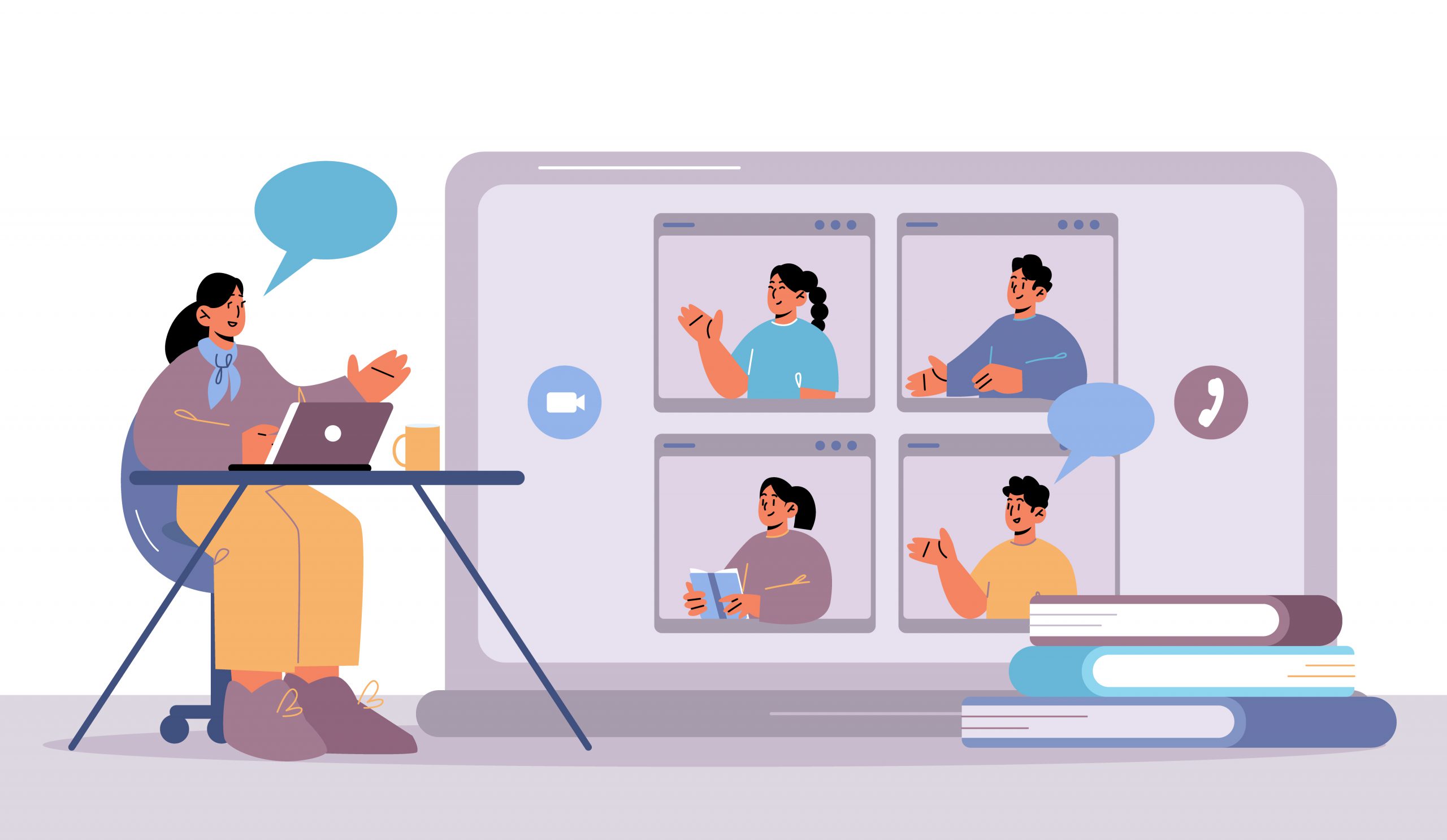
The importance of communication in the educational process appears to the teacher and the student and to the proper functioning of the educational process. This importance is represented in:
- It works to improve and develop the quality of education, the development of educational and educational institutions, and the improvement of learning outcomes.
- The development of the learner’s skills in terms of communication, dealing with others, dialogue and discussion.
- It helps in developing the personality of the learner, building the skill of decision-making, assuming responsibility, finding solutions by sharing, discussing ideas, and accepting others.
- Strong and effective exchange of information and knowledge.
- Transfer and exchange of cultures and languages and learn about different societal customs and traditions.
- Educational communication facilitates educational services and effective implementation of established policies, and provides more information and data for making decisions in the interest of the educational institution.
- Educational communication gives civilians the right to express their opinion and exchange discussions related to education issues and reform the educational system further.
How to Realize Effective Communication between Teachers and Students?
There are different skills and approaches that make Communication in Teaching and Learning Process more valuable, such as:
- The teacher’s focus on the tools used to communicate information, innovate in them, and resort to modern technologies.
- Clarity of the message and goal of the curriculum and focus on it and its impact on students.
- Taking into account the differences and differences between students in terms of behavior, culture and social life
- Finding distinctive tools and methods to attract students’ attention and arouse their interest.
- Choosing a suitable place that is free from noise or confusion that may affect students’ concentration.
7 Strategies for Effective Communication Between Teachers and Students
The principles and rules of communication in teaching and learning process include the following:
- Learning and knowledge are basically different points of view and opinions that have come together to form our complementary topics.
- Teaching the student how to search and obtain information is important because information is constantly evolving.
- Enabling the student to link various pieces of information from different sources to the same topic is essential.
- Proficiency in accessing modern information is the goal of Communication in Teaching and Learning Process, and accuracy and keeping pace with the continuous update of information is one of the most important communicative learning activities.
- Courses and textbooks are not the only source of knowledge, there are many ways, including e-mail, social media, discussions and debates, online research, and browsing trusted blogs.
- The learner’s skills and ability to link different fields and ideas are what develops education and enriches educational communication.
- If you make a correct educational communication, you will eventually reach the best results with your students, and qualify them to the labor market effectively and efficiently, which will benefit the community.
After we have learned about the importance of communication in teaching and learning process, its techniques and the basis for its correct implementation and its various theories, we introduce to you Qorrect system, Your leading Partner for Digital Assessment Solutions, to help your educational system in rapid development and extract accurate feedback on every step taken by the teacher to develop the student and give him the most efficient information and knowledge!
Reveal more details about Qorrect system and discover better ways to automate exams and grade them. Book a free demo now.
 Qorrect Blog
Qorrect Blog

